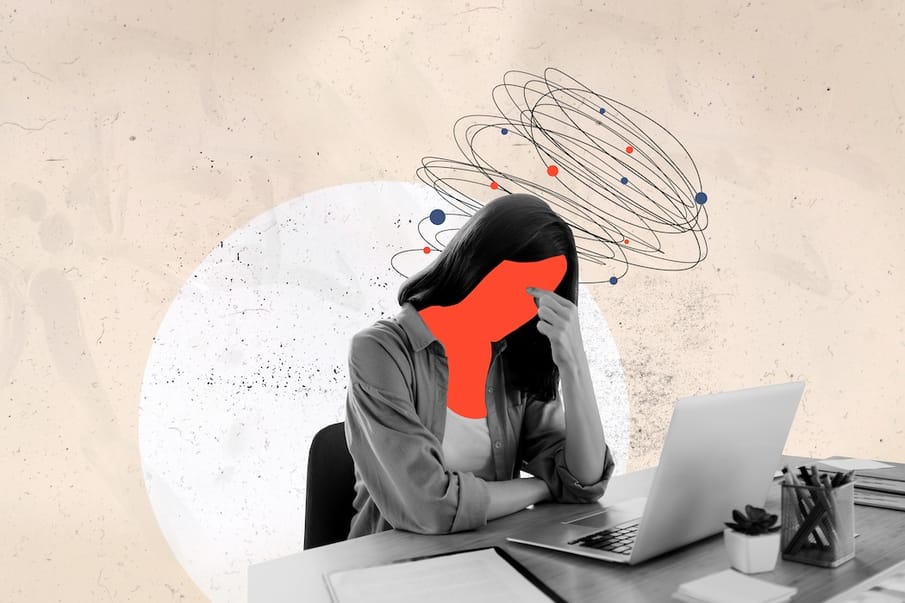Psychotherapist Deborah Buxton answers your questions on mindfulness for office workers
How can mindfulness help with burnout at work?
Mindfulness can be a powerful tool to manage and prevent work-related burnout.
By fostering present-moment awareness, mindfulness helps individuals break the cycle of chronic stress and reactivity. Mindful breathing focuses the mind on the present, and curbs future-based overthinking – a major contributor to stress. Body scans encourage regular check-ins with the body, making it easier to notice where tension is held, before it leads to physical or emotional exhaustion. This awareness allows early intervention before stress escalates.
Mindfulness also nurtures self-compassion and emotional regulation, helping people respond to work challenges with greater clarity, calm, and balance. As the mind becomes less cluttered by pressure and rumination, space is created for thoughtful reflection. Over time, consistent mindfulness practice can help to build resilience by enhancing one’s ability to stay grounded and focused, even in demanding environments.
Ultimately, mindfulness offers a vital pause to recharge, supporting long-term wellbeing in today’s high-pressure, fast-paced work culture.
What are some quick mindfulness techniques for a busy work day?
Even on the busiest days, mindfulness can be easily woven into your routine to reduce stress and boost focus. One simple technique is mindful breathing. Take one minute to inhale deeply through your nose, hold for a few seconds, and exhale slowly. This calms the nervous system, and brings you back to the present.
Another is the ‘5-4-3-2-1’ grounding exercise: notice five things you see, four you can touch, three you can hear, two you can smell, and one you can taste to anchor yourself in the moment.
Mindful walking, even for a minute between meetings, helps reset your mind. Try to pay specific attention to the sensation of your feet touching the ground.
These small pauses act like mental refresh buttons, helping you stay centred, productive, and resilient, no matter how hectic things get.
How can someone tell if mindfulness is really helping their stress and burnout?
Benefits often appear subtly at first, but can make a big difference over time. One sign it’s working is increased emotional awareness. You may notice you’re less reactive in stressful situations, and more able to pause before responding. Improved focus is another key indicator; tasks might feel more manageable, and distractions less overwhelming. You may also experience better sleep quality, reduced physical tension, or fewer headaches – signs your body is responding to lower stress levels.
Day to day, people often feel a greater sense of calm and clarity, even during busy periods. You might catch yourself taking a deep breath instead of rushing, or setting healthier boundaries without guilt. If you find yourself becoming more present, patient, and compassionate, both toward yourself and others, these are strong signs that mindfulness is helping. Ultimately, the benefits show up not just in how you feel, but in how you respond to life’s daily demands.
1. Start small – begin with just four to five minutes of mindful breathing each morning. A short pause can set a calm tone for the day.
2. Whatever task you are doing, do it mindfully. Notice your mind wandering off to thoughts of stress or other tasks, and bring it back to the one you are doing. Do one thing mindfully at a time.
3. Set mindful reminders. Use phone alerts or sticky notes to prompt short check-ins. A deep breath or body scan can reset your focus in seconds.
4. Take intentionally mindful breaks. Step away from your desk for a few minutes to stretch or walk, paying attention to your body and surroundings. Body scan and check where you are holding tension.
5. Reflect briefly at night. Before bed, recall one moment from the day when you felt grounded or grateful.


Comments